Changes Coming to McGinley
By Madison Hennessy
McGinley Center, the home of Fordham’s dining hall, fitness center and other mainstays of student life, is slated for renovation in the coming years. With a primary focus on creating increased communal and extracurricular spaces, students can expect to see a revisioned student center in the not-too-distant future. As of this fall, the preliminary stages of renovation are now underway.
Some say the current building is outdated, ill-functioning and too cramped for a student body that has grown significantly in the near six decades since its construction.
Originally referred to as the Student Union building, the McGinley Center first opened in 1959 and was dedicated in honor of then-president Rev. Laurence J. McGinley, S.J., one year later. It was created with the goal of enhancing student extracurricular opportunities, “a reminder in stone and steel that a great part of a university education is acquired outside the classroom,” as McGinley put it in the Dec. 1957 groundbreaking ceremony.
It was part of a ten-year, 11 million dollar renovation and modernization initiative that also included the construction of the Lincoln Center campus and the relocation of the law school. Of the original 11 million, or roughly $98 million adjusted for inflation, McGinley itself cost $3.5 million, or $30 million in current figures.
Although the exterior has remained largely unchanged, the interior has gone through multiple renovations over the years, including in 1987 to expand the food service area and in 2012 to add the Ram Fit center.
Currently, McGinley functions as a hub for a variety of activities on campus. In addition to the main dining hall, it houses event spaces, a commuter students lounge and 16 club suites.
At thirty-thousand square feet, it is also one of the largest spaces on campus.
However, the primary complaint surrounding the center is a lack of adequate space. Cody Arcuri, dean of student involvement chalked it up to the maze-like structure created by years of renovations, which has resulted in an ineffective use of the available space, before a USG meeting in September.
Clubs and extracurricular groups are also severely underserved, with the 16 available suites going to only a fraction of the 130 active student organizations. The quality of available space is also a frequent target of complaints—both the commuter lounge and the club suites are located on the basement level, and are largely considered to be run-down and cramped.
The complaints came to a head last winter, when a petition calling upon the administration to make the McGinley renovation the next capital project was circulated around campus. The petition, originally drafted by members of the Fordham Club, gained strong support among students, and was eventually submitted to the administration with a positive response.
In a Feb. 2018 interview with The Fordham Ram, dean of students at Rose Hill Christopher Rodgers said the student body has outgrown McGinley.
“It’s abundantly clear that our student population, our clubs and organizations and our staff and faculty—this bustling culture at Rose Hill, in other words—has grown out of our circa 1950s campus center,” he said.
Now, the early stages of development for the project have been set in motion. According to USG House Committee Chairperson and Vice President of Student Life Ashley Qamar, FCRH ’20, an outside company was brought in to evaluate the state of the ground on McGinley Lawn.
“In doing so we hope to learn if the current McGinley Center could be extended onto the lawn and built up from there,” she said. “However, as it stands different options are still being explored.”
At present, several trees have already been removed from McGinley Lawn in order to make way for the project. All that has been ruled out so far, said Arcuri in a message to USG, is the addition of other floors to the current building, which would necessitate the costly relocation of the air conditioning system from its current place on the 3rd floor.
USG Vice President of Sustainability Gabrielle Perez took issue with the tree removal, offering instead that an effort should be made to relocate them.
Kaylee Wong, GSB ’20, USG executive vice president, said the primary goal of the expansion will be student welfare.
“We do know that there is a major focus on making more programming space for student organizations to meet and have events on campus,” she said.
To help facilitate this, the administration has made it a priority that students “aid in the planning process” of the new center, according to Arcuri. While broader input from student organizations has not yet been consulted, some preliminary conversations have taken place with select groups.
“I have been in conversations concerning the new McGinley Center in my roles as the Vice President of Student Life and the Co-chair of the Diversity Action Coalition,” said Qamar. “The House committee works closely with the administrators in the Office for Student Involvement to make suggestions on the new McGinley Center.”
Quamar said that input is already being heard.
“One specific request that has been made is that [the] new building include space for a multicultural center,” she said.



































































































































































































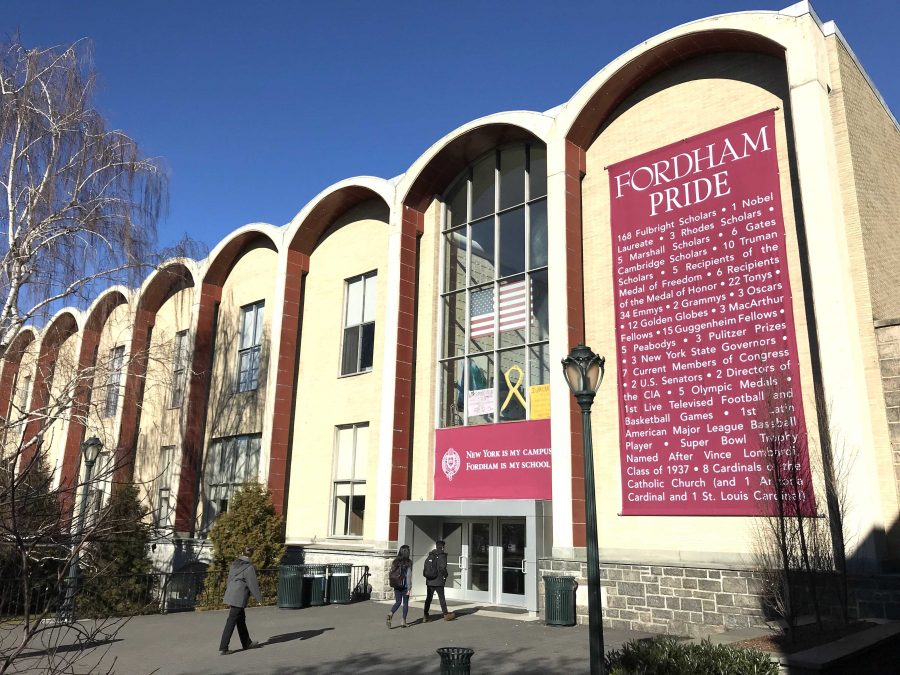




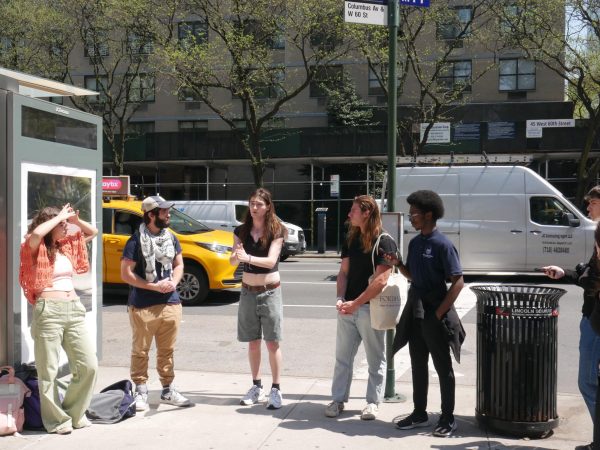
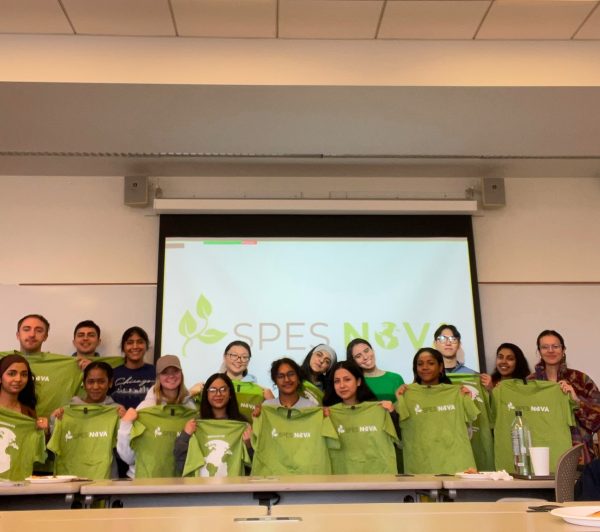
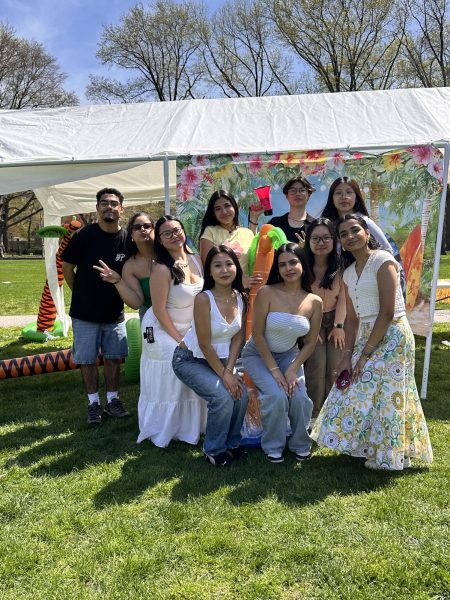
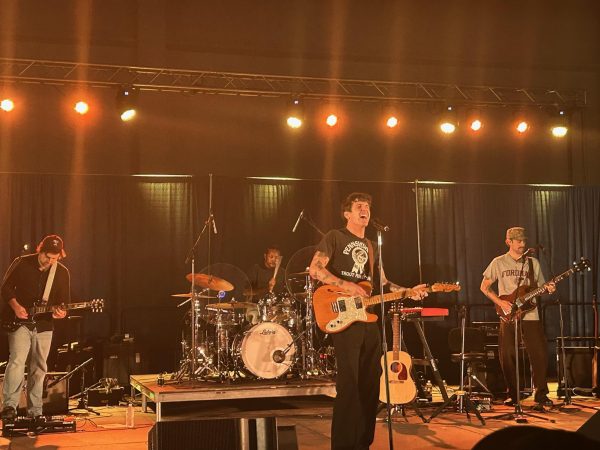
Valerie Olivieri • Jun 20, 2019 at 6:18 pm
As a parent having a child at the University the quality of the food being served in the cafe is not acceptable. All I hear is complaints from my son and his friends. The amount of money we spend for our children to attend the school does not reflect in the cafe. There needs to be changes in the kitchen.